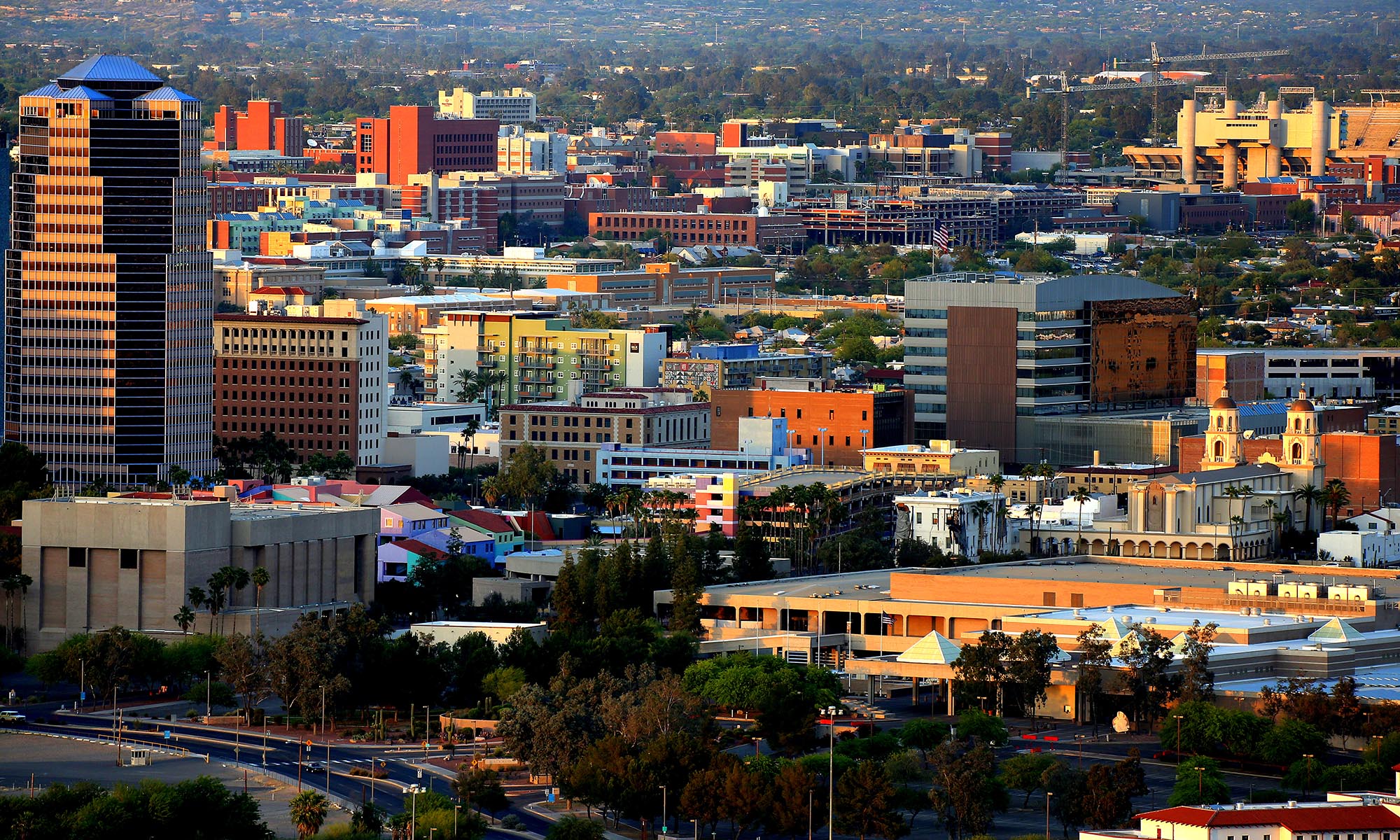2021 Hindsight in Arizona

Adapted from a League of Arizona Cities 2017 article here
With four years of hindsight, it is now clear that the placement, construction and operation of so-called “small” Wireless Telecommunications Facilities (sWTFs) into Arizona’s communities has been an unmitigated disaster and now requires The Great Retrofit — a drastic shrinking of both the size of the equipment and the maximum allowed power output form sWTFs.
- Right now, far too many, unnecessarily powerful sWTF antennas — which are essentially Wireless Cannons — are being installed at the heights of second-story bedroom windows in residential neighborhoods.
- This is resulting in massive electromagnetic pollution of Arizonans’ homes — without residents’ consent. Social injustice is now arriving in many homes — those unlucky enough to have one of these sWTFs stealing your rights to the quiet enjoyment of your streets and homes.
- How overpowered are these sWTF antennas? The electromagnetic power through-the-air has been professionally metered in a second-story bedroom at over 25 million times higher than that needed for five bars telecommunications service.
- Arizonans now need to pass local laws that turn these Wireless Cannons into Wireless Squirt Guns — essentially shrinking the up 6-cubic-feet antennas and 30-cublic feet of equipment (the size of a refrigerator) to the size (and power output) of a home Wi-Fi router. That will solve the problem. The details are the Proposed August 2021 Tusconans’ Wireless Telecommunications Facilities (WTFs) Ordinance (Aug-2021-WTF-Code).
The League of California Cities Got It Spectacularly Wrong in 2017 . . .
. . . by advocating for the sWTF invasion in Arizona. In doing so, our state legislators removed far too much local control over the placement, construction and operation of Wireless Telecommunications Facilities — making the state’s telecom law seriously out of step with many federal Acts:
- The 1934 Communications Act (1934-CA)
- The 1996 Telecommunications Act (1996-TCA)
- The 2012 Spectrum Act (also known as §6409(a))
- The National Environmental Policy Act (NEPA)
- The National Historical Preservation Act (NHPA)
- The Fair Housing Amendments Act (FHAA)
- The Americans With Disabilities Act (ADA)
Many forward-thinking states, from East to West . . .
- New York, Massachusetts New Hampshire and Maine
- California, Washington, Oregon, Idaho
. . . to name a few, avoided this disaster by voting down or vetoing these unnecessary wireless industry bills that were written by the American Legislative Exchange Council (ALEC) and were handed to our State legislators (along with campaign contributions) to pass these bills and build a 24/7 wireless surveillance and crowd control grid — an undertaking which has caused massive taking of property from residents in Arizona, who are facing significant harms to public safety, privacy/surveillance, and property values.
Many Arizona residents were asleep at the switch in 2017 . . .
. . . but they aren’t any longer. They are going to fix this problem.
See Wire Tucson’s 2021 Hindsight Comments, below: (more to come)


